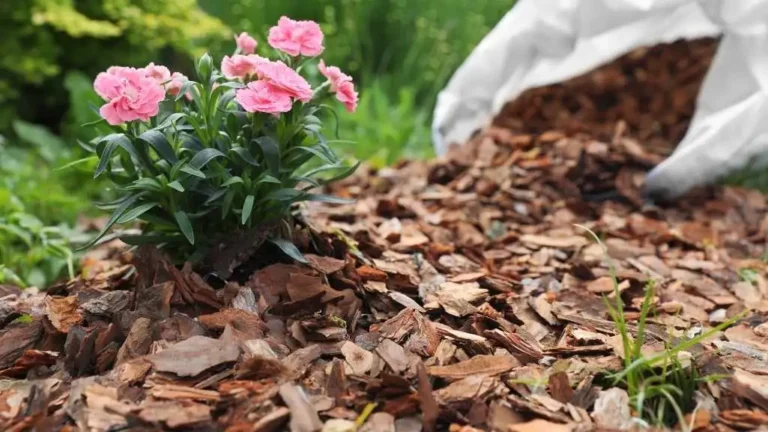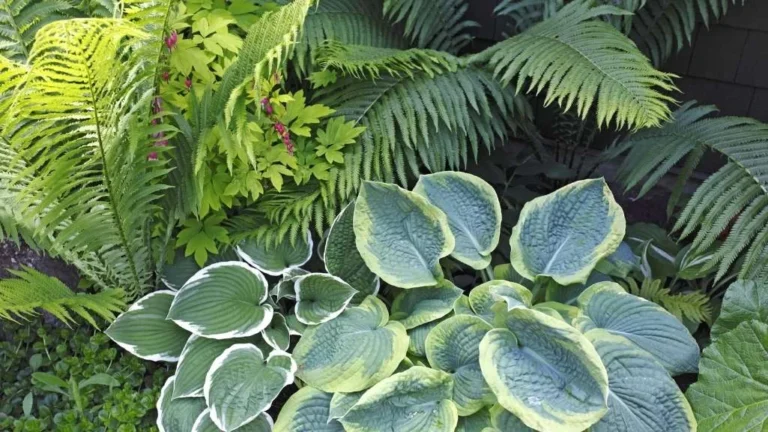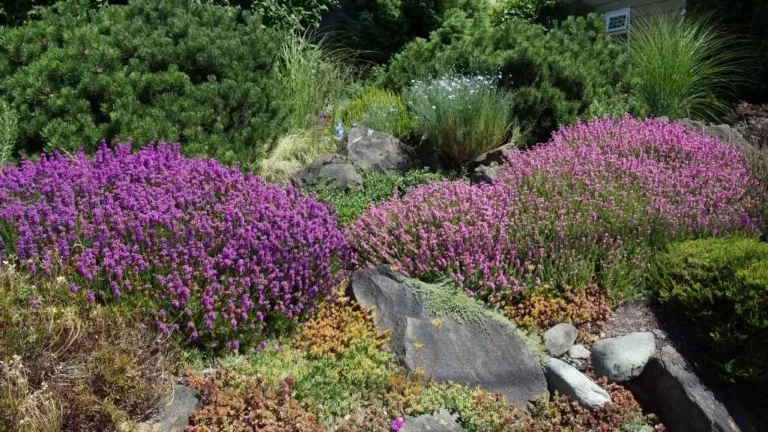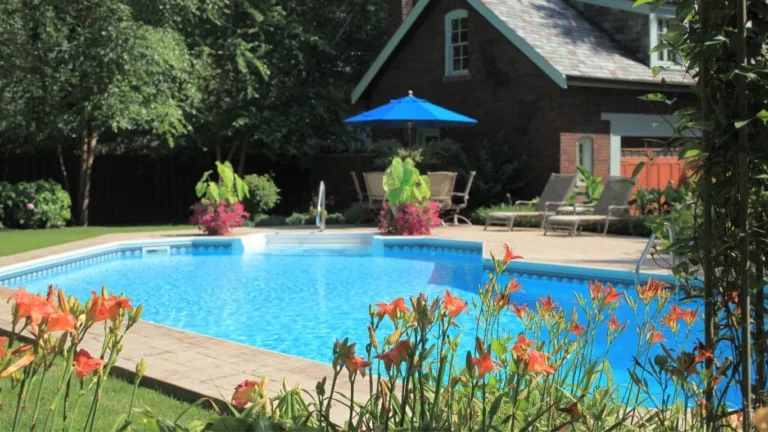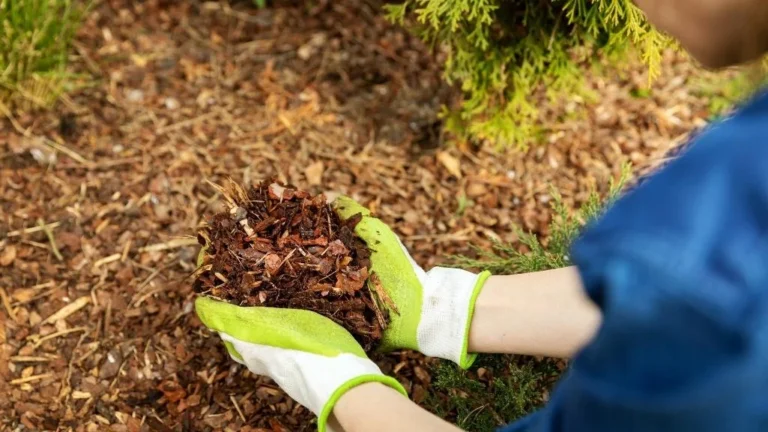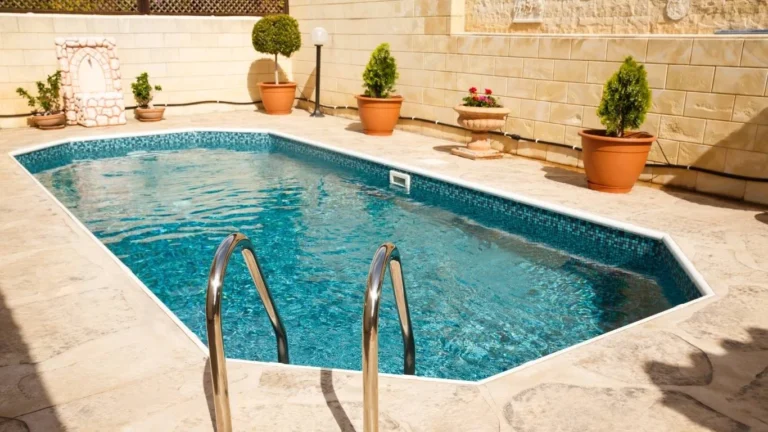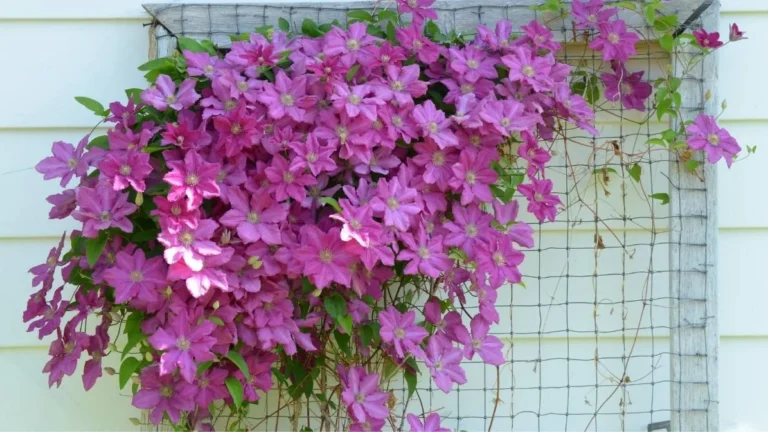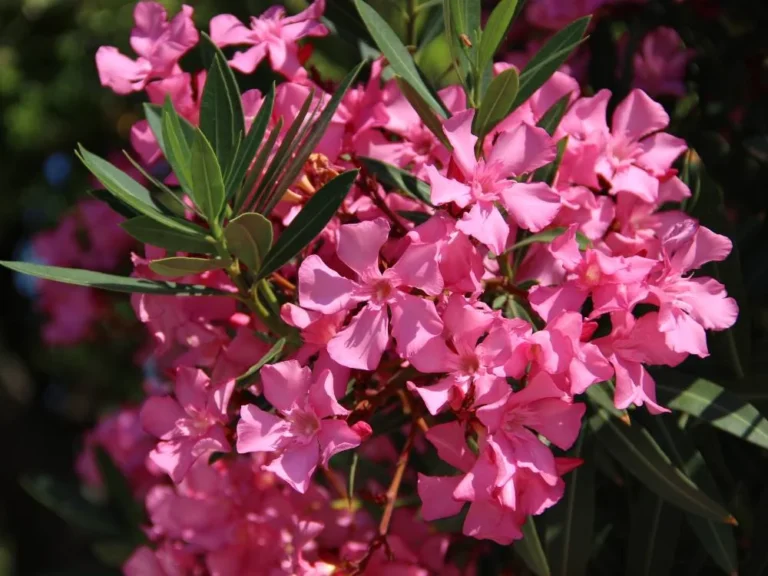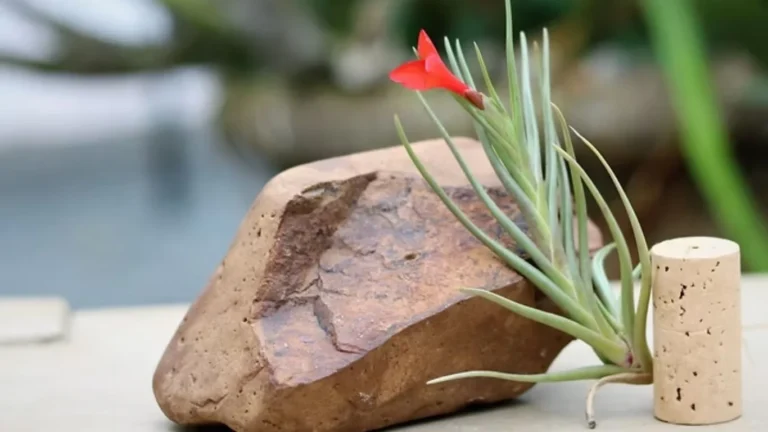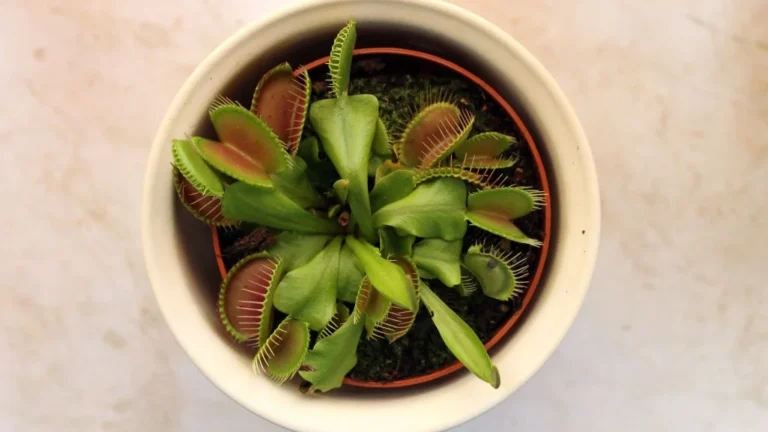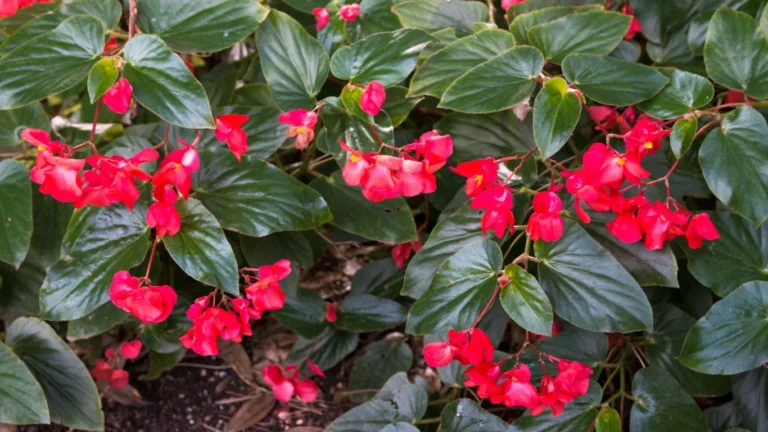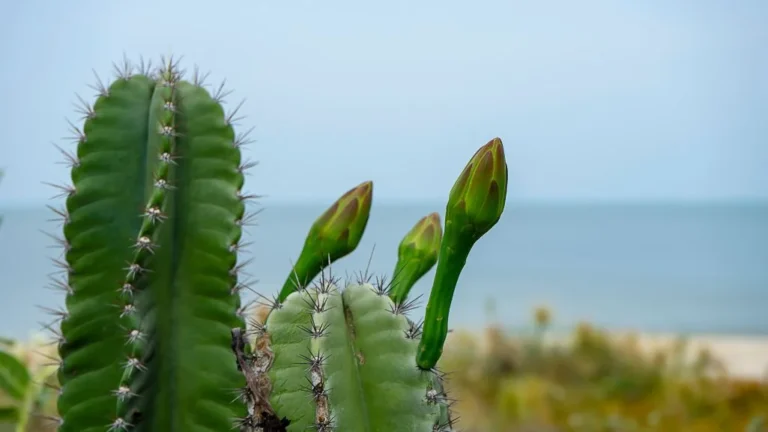Hawaiian Pothos, At a Glance
Scientific name | Epipremnum aureum ‘Hawaiian’ |
Family | Araceae |
Other names | Giant pothos |
Type of plant | Vine |
Native | South Pacific |
Hardiness zone | USDA Zones 10-12 |
Caution: This plant is toxic to cats and dogs.
How it Looks
Leaves
Large, heart-shaped leaves with variegation ranging from dark green to yellow. The leaves can grow up to 6 to 8 inches in length.
Stem
The stems of the traditional pothos are typically thick and become slightly woody as the plant matures. The aerial roots along the stems help support the plant and absorb moisture and nutrients.
Height
Pothos is a versatile plant that can trail or climb, depending on its growing conditions and support structure. With proper care, it can grow quite large, making it an excellent choice for adding greenery to indoor spaces.
Hawaiian Pothos Growing Requirements
Requirements for Hawaiian pothos at a glance
Elements | Requirement |
Sunlight | Low -bright sunlight |
Temperature | 50°F to 75°F |
Humidity | 40%-60% |
Soil pH | 6.1-7.1 |
Soil mixture | Well-drained and moist |
Container | Container with drainage hole |
Water | When 1-2 inches of topsoil dries out |
Fertilizer | Once in 4 to 6weeks in summer and sparing |
Note: pH means the Potential of Hydrogen. Soil pH level indicates how acidic or neutral the soil is. On a scale of 1 to 10, 7 indicates neutral. A pH value of less than 7 means more acidity and a pH value of more than 7 indicates more basicity. Hawaiian pothos need slightly acidic soil from 6.1 to 6.5 pH level.
Mix the Soil Properly
This fast-growing plant requires a loose-moist soil so that the roots can grow faster. Generally, this plant can grow in any soil that does not hold water for too long, but to get this plant to thrive, I suggest preparing a potting mix or investing in a potting mix specified for pothos. A potting mix with equal gardening soil and coco-coir (for keeping the soil moist), 20% vermicompost, or compost (for adding nutritional value) is best for Hawaiian pothos plants. Perlite can also be added to increase rooting and ensure aeration and insulation in the potting mix.


Choose the Right Container
Hawaiian pothos is the bigger version of pothos. The roots of this plant are also big. So, this plant needs a container at least 3-4 inches bigger than the current root system. This plant can be kept in terracota, plastic, ceramics, or fabric containers. But ensure a drainage hole is found below the container. As the Hawaiian pothos is a climbing plant, a hanging planter is a good choice. I have grown Hawaiian pothos in a regular nursery pot with a coco-pole and then put the planter in a decorative pot.
How Much Sunlight Hawaiian Pothos Needs
Hawaiian pothos can survive in low to bright sunlight. It can be kept in a shady place, like in an office room or bathroom, or it can also be placed beside a window. But this plant grows well where it gets bright indirect light. I suggest putting it in a place where it gets soft morning or afternoon sunlight; this will keep the variegated color of the plant intact. Avoid putting Hawaiian pothos in excessive sunlight or beside the north-facing window where the sun’s heat is excessive, which may burn the leaves. In low-light areas, the plant grows but does not thrive, so I suggest keeping the plant under grow light.
When and How to Water
Hawaiian pothos can tolerate some negligence in watering, but overwatering can kill this plant. So, don’t worry too much about watering this plant. Water this plant when 1-2 inches of topsoil dries out to maintain healthy growth. In summer and spring, watering requirements can be once two days, and in winter, once or twice a week, depending on the soil’s drying out. The finger dip test works best; if the soil doesn’t stick to your finger, it must be watered. Moist and well-drained soil ensures the plant’s healthy growth.
Feed with Fertilizer
Water soluble nitrogen-rich fertilizer once a month during summer and spring is enough for Hawaiian Pothos. I recommend using NPK (Nitrogen- Phosphorus- Potassium) 20-20-20 half-strength mix with water. Excessive fertilizer can burn the roots, which is always half the recommended dose. Avoid putting fertilizer in winter (plants’ dormant period).
Re-potting
When the plant gets root-bound, or any fungal attack is seen in the roots, the plant needs repotting. In the case of root-bound, gently remove the plant from the container and place it in a new container at least 3-4 inches bigger than the current container. First, fill the bottom layer of the pot with soil, then place the plant and fill the whole planter with soil. Press the soil lightly to fill up air pockets. Pour an optimal amount of water (till the water comes out of the drainage holes) after immediate repotting.
For fungal attack or root -rot, gently remove all soil around the roots and wash the roots, if necessary, after getting the plant out of the soil. Inspect the roots and trim off rotten/brown /mushy/smelly roots. Then, place the plant in a new container with a new potting mix.
Pruning
Pruning is essential for almost all plants. Hawaiian pothos also need pruning for faster and bushier growth. Without pruning, the plant gradually gets a leggy shape. Prune the plant with a sterilized knife or scissors in any season except winter. Always remember to prune a stem with 3/4 nodes with which you can propagate another plant.
Pest
Though Hawaiian pothos are less attracted to pests and diseases, it can be home to mealybug, spider mites, and aphids. Spraying neem oil mixed with water or insecticidal soap water is enough to fight pests.
Other Common Issues
- Yellow leaves indicate overwatering or underwatering, root rot, or nutrient deficiency. So, check the soil to see whether it is soggy or too dry. If the soil is waterlogged, then it’s an issue of overwatering, which can lead to root rot. So, in this case, repot the plant with new soil and check the roots while repotting if any rotten or mushy roots seem to be trimmed off. On the other hand, if the soil is too dry, water it properly. Lastly, if watering is OK, remember when fertilizer was provided last time. If it’s long, put in a nitrogen-based water-soluble fertilizer.
- Tips browning and yellow edges of the leaves occur due to excessive direct sunlight and underwatering. Place the plant where it gets enough indirect bright light, not under direct sunlight, and try to keep the soil moist (not soggy).
- Leaf dropping is a sign of underwatering and being root-bound. If the plant suffers from drought, provide sufficient water until it passes through the drainage holes. In the case of being root-bound, the plant needs repotting.
- Black spots on leaves are a sign of root rot. Immediately repot the plant and trim off rotten rots.
Propagation
Hawaiian pothos propagation is quite similar to golden pothos. In the case of propagating, one must be careful about the season. Hawaiian pothos must not be propagated in the winter period. This plant can be propagated using stem cutting. The process is as follows.
- Take a healthy cutting from a healthy Hawaiian pothos mother plant. Each cutting should be 4 to 6 inches long and have at least 2 to 3 nodes.
- Choose a jar and fill it with clean tap water. Put the cuttings into the water.
- Place the jar in a bright place where it will receive adequate light.
- Change the water every 7-10 days.
- New roots will become visible Over the next 3-4 weeks.
- Conversely, the cutting can also be placed in coco-coir. In that case, consistently keep the coco coir moist by spraying water daily. Within a few weeks, new roots will be visible.
- Once the roots are established, the new plant is ready for transplanting into a well-drained potting mix.


Tips for Hawaiian Pothos
- Firstly, regular pruning is necessary for getting a bushier plant.
- Pinching (removing the growing bud by pinching) can increase branching.
- Set up a coco pole or moss pole so the plant can get nutrition from its aerial roots. Remember to moisten the poles.
- Spraying Epsom Salt mixed with water increases the leaf size.
Frequently Asked Question
What is the difference between Hawaiian Pothos and Golden Pothos?
Both of the plants are from Epipremnum aureum species. The differences between these two types are found in their leaf color and plant shape. The Hawaiian pothos have large leaves with creamy yellow shades on green leaves, whereas golden pothos have smaller leaves with dark yellow shades. Otherwise, both the plants have the exact requirement of caring.
Is Hawaiian Pothos rare?
In general, they are not classified as rare and can be obtained without significant difficulty. But this plant might not be as commonly found as some other pothos varieties like the Golden Pothos or Marble Queen.
How do I know if I have a Hawaiian pothos?
To identify a Hawaiian pothos, look for large, heart-shaped leaves with bright green and yellow patterns. The plant has thick stems and grows quickly, especially in bright, indirect light. The large, colorful leaves and sturdy growth make it stand out from other pothos varieties.



